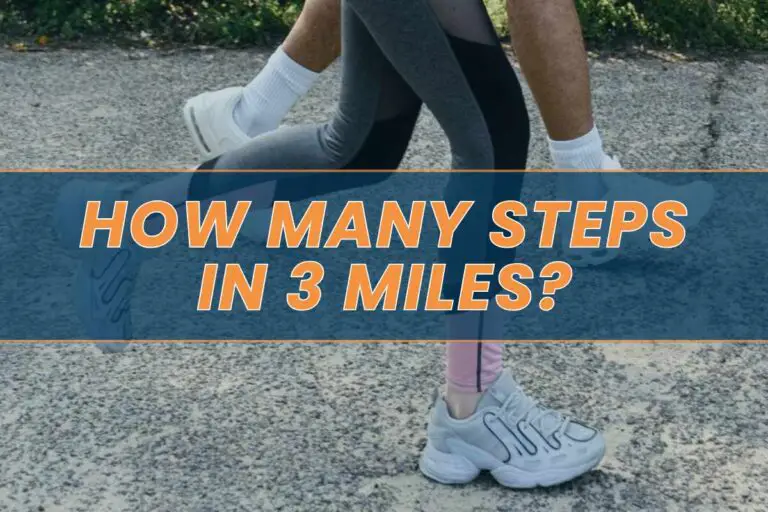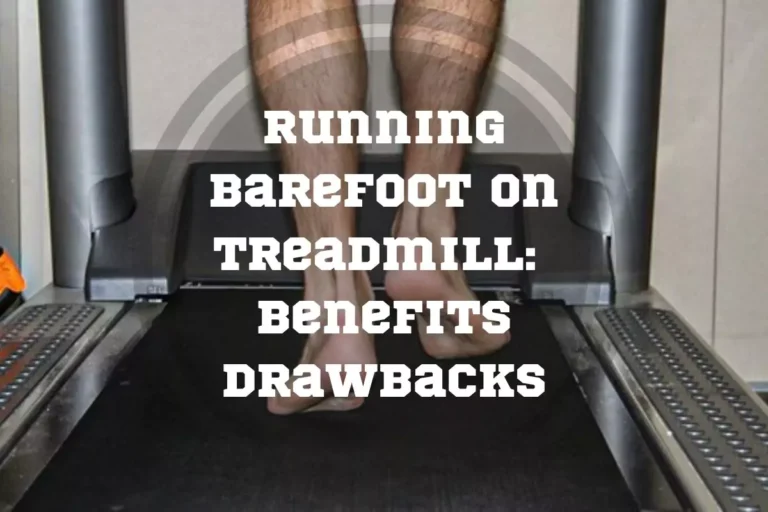What Does PR Mean in Track?
Looking to shave seconds off your sprint or minutes from your marathon? But what does PR mean in track? A personal record, or PR, is the trophy every runner chases – it’s your fastest time at a particular distance.
This article will unlock the secrets to not only understanding what a PR means in track but also how you can achieve and surpass your own. Ready, set, let’s run toward that new record!
What Does PR Stand for in Running?
What does PR mean in track? PR in running stands for Personal Record and it is the fastest time a runner has ever completed a specific distance. Runners use other abbreviations like SR for Season Record or CR for Course Record to track their achievements over different timescales or courses.
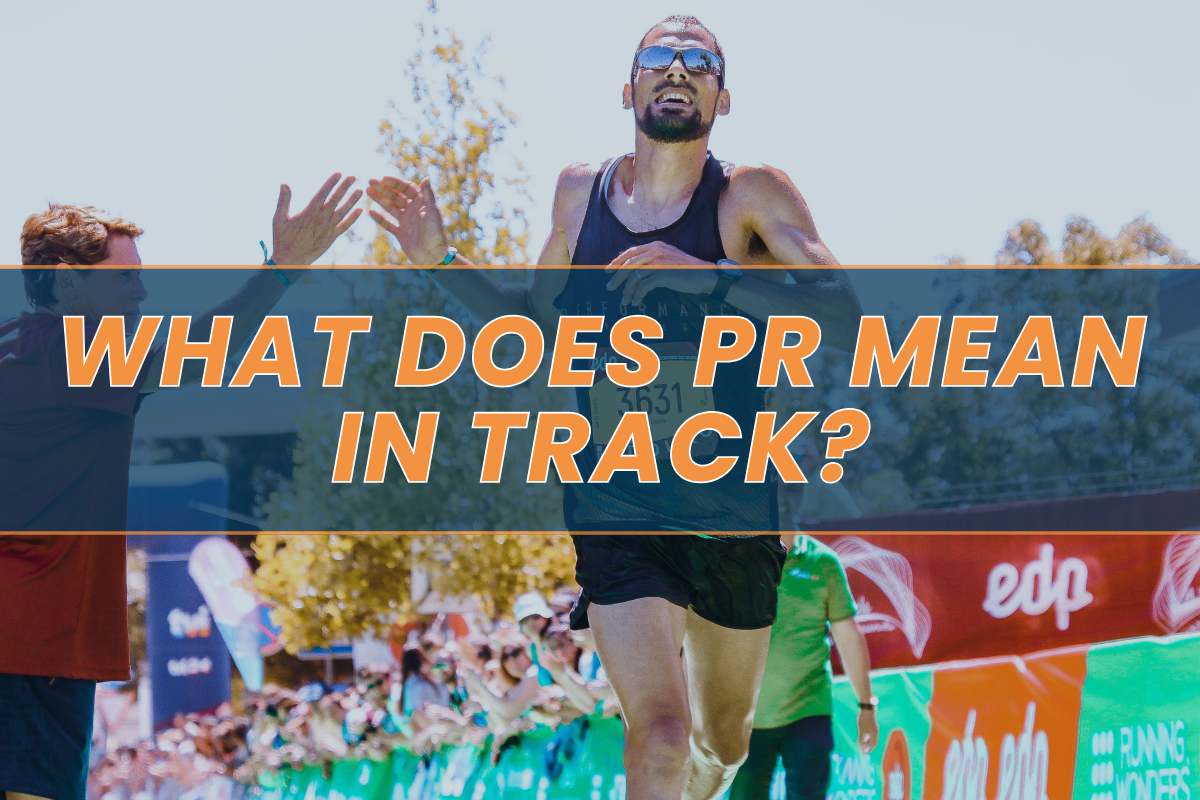
What Is a Personal Record in Running?
In sports, a personal record means the best time a person has ever had at an event. Think of it like your top score in a video game – it’s the fastest you’ve run a certain distance or completed an event so far. This peak performance is something athletes work hard to achieve and beat. It shows they are getting better at their sport.
What does PR mean in track and field? In the realm of track and field, a runner’s Personal Record, or PR, is a crowning achievement that marks their fastest time in a given distance. It’s the pinnacle of speed and endurance they’ve managed to conquer so far.
From short sprints to PR in cross country marathons, runners race to beat their best times. A new runner might have a 5k PR of 30 minutes while an experienced one could finish in under 20 minutes.
Here’s a table showing average PRs across various distances and levels:
| Distance | Beginner | Intermediate | Advanced |
|---|---|---|---|
| 1 mile | 8-10 min | 6-7 min | 5-6 min |
| 5k | 30-33 min | 21-23 min | 18-20 min |
| 10k | 57-59 min | 46-48 min | 39-41 min |
| Half-marathon | 02h 20m-02h 30m | 01h 50m-01h 40m | 01h 20m-01h 30m |
| Marathon | 04h 40m-04h 50m | 03h 30m-03h 40m | 02h 40m-02h 50m |
These numbers give runners goals to aim for as they improve. Running achievements aren’t just about speed. They’re milestones that mark progress, fitness accomplishments, and the joy of running faster than before.
Whether you’re racing on roads or tracks your times can always get better!
PR Vs PB: What’s The Difference Between Personal Record and Personal Best?
When it comes to running, two terms often used interchangeably are “PR” and “PB” – but should they be? Let’s cut through the confusion and sprint into the distinctions between Personal Record and Personal Best.
PR Vs PB: Regional Variations
In the world of running, PR running meaning stands for Personal Record while PB means Personal Best. These two terms are almost identical. Runners in different places use them in their own way. In the United States, many runners will say PR when they talk about their best times ever. But cross the ocean, mostly in the UK, and in Canada, you’ll hear athletes say PB instead.
Other Abbreviations for Running Results
Runners often use SR and SB along with PB and PR race meaning. SR stands for Season Record which is the best time that a runner has clocked over a specific distance in one season. Much like PRs and PBs, runners aim to beat their SR to show they are improving year by year.
Another abbreviation you’ll come across is CR, which stands for Course Record. This marks the fastest time any runner has completed a particular race course in its history. Runners who set CRs leave their mark, challenging future racers to beat their times.
How Do I Become a PR Runner?
Chasing a personal record on the track requires more than just lacing up and sprinting – it’s a strategic blend of preparation and execution. Let’s delve into how to elevate your running game and consistently set new PRs.
When and How to Start?
Ready to chase a personal record? Start with a reality check from your coach or running partner. They can tell if you are fit enough for your goal. After running your first road race, you’ll have a PR to beat next time.
Now, it’s about training smart and aiming higher.
Train hard and keep track of each race time. This helps see how much better you get at running. Focus on getting stronger and faster with every run. Next, pick the right course that will help you run faster.

1. Choosing the Right Race Course
After you’ve decided to start chasing a PR, it’s time to pick where you’ll run your race. A good course can make all the difference, so look for flat courses, as hills can slow you down.
Also, seek out straight paths – turns and curves can add extra distance and shave precious seconds off your time. Check the weather history too: a cool, dry day is often best for running fast.
2. Training Tips
To become a PR runner, focus on distance running and creating a solid endurance base. Start with shorter distances like the 400m or 800m and work your way up to longer races. It’s key to mix in speed intervals, as they help you run faster for longer.
For those aiming at marathons, it’s all about building stamina through long runs while perfecting racing strategy and pacing techniques.
3. Mental Preparation
Getting ready in your mind is as important as training your body. Picture yourself crossing the finish line with a new PR – that is about visualizing success.
You should also focus on psychological readiness. Think about how you will handle things if they don’t go as planned. Mental resilience means bouncing back from tough times and pushing through when it’s hard.
Keep your thoughts clear and stay focused on the task at hand – it can help you reach that personal record.
Subscribe to Our Running Newsletter!
Get free running tips from renowned professional athletes and discounts from top-notch brands.
4. Tracking Your PRs
Keeping track of your personal records is key to seeing how much you’ve improved. You might write down your race times for different distances, from short sprints to long marathons.
It’s exciting to see these numbers go down as you get faster and stronger. To stay on top of your progress, make sure you note every race you run. Mark the date, distance, and time. Over time, this record will show all the hard work and effort you put into running better and faster.
How to Improve Personal Record in Running
Striving for that next level in your running game? Unlocking a new personal record calls for strategic tweaks and dedicated training. Discover how tuning your regimen and elevating mental grit can propel you past previous boundaries without looking back.
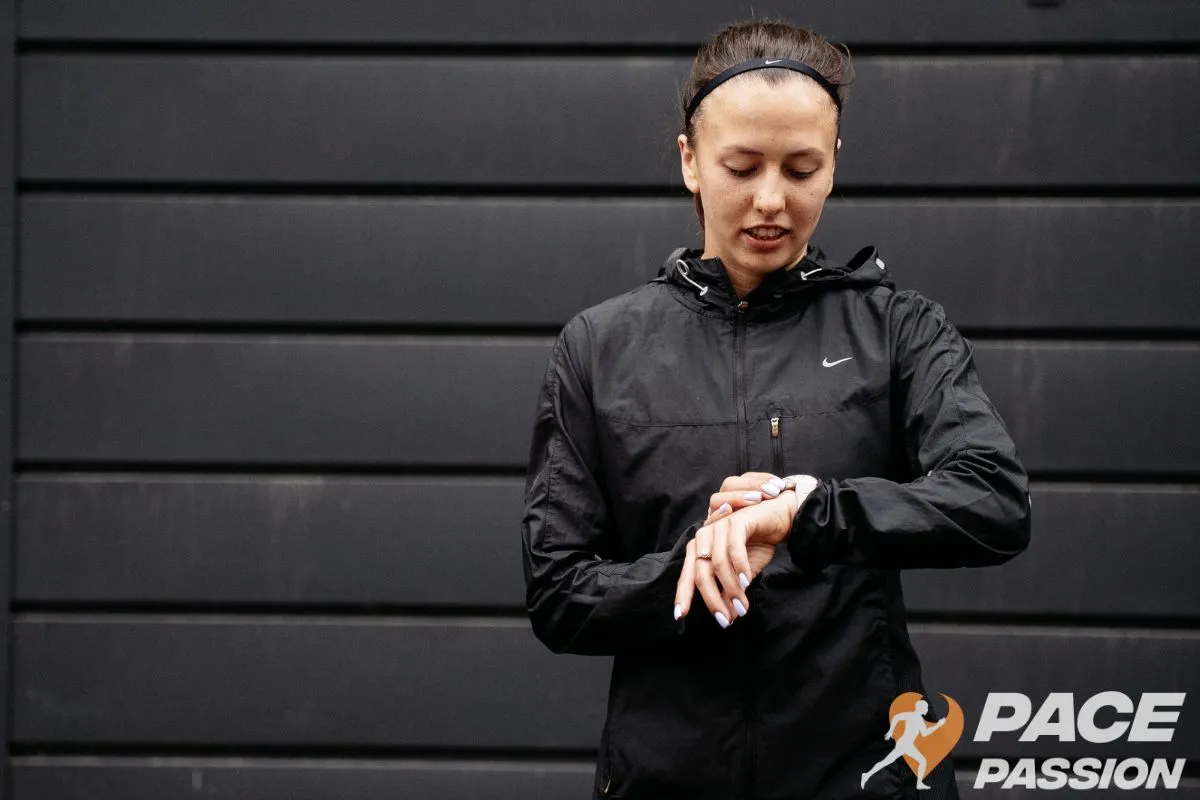
1. Incorporate Speed Training Intervals
Building on a strong finish, speed training intervals add an exciting challenge to your routine. You might sprint for short bursts or go for longer runs just a bit faster than your race goal pace.
Such workouts mix fast running with short rest times, keeping things lively while boosting your speed and endurance.

Pro Tip:
A good plan could be running 4-5 miles faster than what you aim for in races. Make sure to take a couple of minutes to rest between each burst of speed. Doing this helps your body recover so you can push hard again during the next interval.

Pro Tip:
A good plan could be running 4-5 miles faster than what you aim for in races. Make sure to take a couple of minutes to rest between each burst of speed. Doing this helps your body recover so you can push hard again during the next interval.
2. Divide Your Race into Mental Sections
Dividing your race into mental sections helps you keep your mind sharp and focused. Imagine chopping the distance into smaller parts, like slicing a cake. Each piece is a mini-goal on its way to the finish line.
Start by running the first section strong but comfortable, then move through each part with a plan – maybe pick up speed in the middle or save energy for a final sprint. This technique breaks down the challenge, making it less daunting and more manageable.
3. Add Long Runs
Long runs are great for building stamina as they teach your body to keep going when you’re tired. This makes you stronger and helps your running speed stay steady over long distances.
Running far trains your muscles, heart, and brain to work better during races. Including these endurance workouts in your training plan can give you a big boost on race day.
4. Don’t Forget about Strength Training
Runners often think just running is enough, but lifting weights helps too. Strength training makes muscles stronger and can help you run faster and longer. Just a simple weight routine will do the trick, helping to improve how much power you put into each step when you run.
Building muscle also changes your body shape in good ways. It burns fat and grows your endurance so you can keep going without getting tired as quickly.
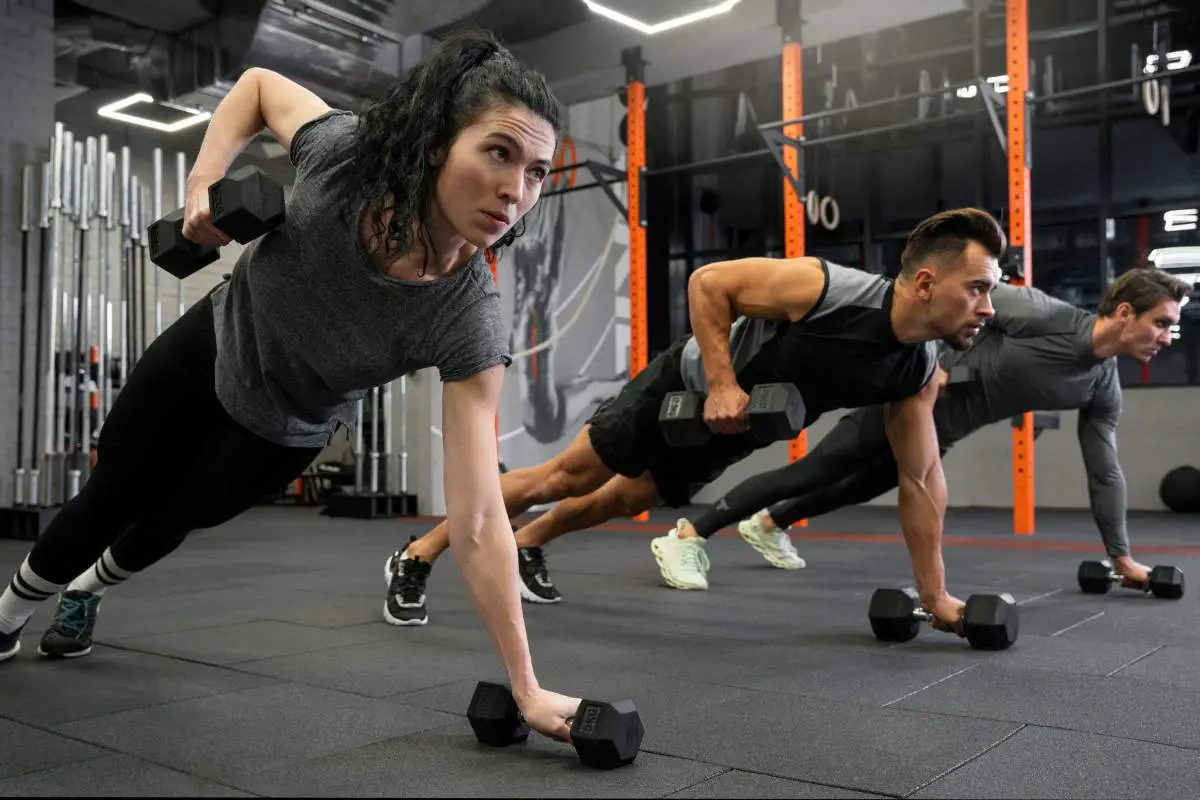
5. Analyze Past Performances
Look for clues in each race or run. Maybe endurance is your strong point, but speed needs attention, or perhaps it’s pacing that throws you off track during a long-distance race.
By understanding these parts of your running performance, you make a plan that fits just for you – helping you chase down those PR goals with confidence.
6. Set Realistic Goals
Setting realistic goals is more than a bullet point on your to-do list. It’s the compass that guides your training and keeps you anchored amidst the challenges.

Pro Tip:
By identifying achievable milestones, runners can create a structured pathway towards smashing their PR without overreaching and risking injury or disappointment.

Pro Tip:
By identifying achievable milestones, runners can create a structured pathway towards smashing their PR without overreaching and risking injury or disappointment.
7. Incorporate Variety in Training
Mixing up workouts is key to getting better at running. Try new exercises, run with friends, or join a running club. This keeps things fun and stops you from getting bored, helping you to work different muscles and improve your skills.
Frequently Asked Questions About PR in Running
How Do You PR at a Track Meet?
Make sure you’re well-rested, eat right, and do warm-up exercises beforehand. At the starting line, focus on running your best performance without worrying about other runners. Keep pushing yourself all through the race, especially near the end when it gets tough.
What Is 5k PR?
A 5k PR means a runner’s personal quickest time finishing a 5k race. It shows how fast they ran the whole distance without stopping. To set a new 5k PR, runners work hard and train regularly to get stronger and faster.
Final Thoughts: What Does PR Mean in Track?
PR in track is all about a runner’s best time as it shows how fast they have run a specific race. When runners talk about hitting a new PR, they’re proud of their hard work paying off.
Aiming for that personal record keeps the sport exciting and gives every runner their own victory to chase. So remember, PR means pushing limits and celebrating every step that gets faster!
Do you work on setting a new PR in a specific distance? What training tips help you achive your goals faster? Please share your experience in the comments below.
References:
- Daniel Boullosa, Jonathan Esteve-Lanao, Arturo Casado, Leonardo A. Peyré-Tartaruga, Rodrigo Gomes da Rosa, Juan Del Coso. “Factors Affecting Training and Physical Performance in Recreational Endurance Runners.” Sports (Basel, Switzerland) vol. 8,3 35. 15 Mar. 2020, doi:10.3390/sports8030035
- Jonathan P. Folland, Sam J. Allen, Matthew I. Black, Joseph C. Handsaker, Stephanie E. Forrester. “Running Technique is an Important Component of Running Economy and Performance.” Medicine and science in sports and exercise vol. 49,7 (2017): 1412-1423. doi:10.1249/MSS.0000000000001245
- Pablo Prieto-González and Jaromir Sedlacek. “Effects of Running-Specific Strength Training, Endurance Training, and Concurrent Training on Recreational Endurance Athletes’ Performance and Selected Anthropometric Parameters.” International journal of environmental research and public health vol. 19,17 10773. 29 Aug. 2022, doi:10.3390/ijerph191710773
- Richard C. Blagrove, Glyn Howatson, Philip R. Hayes. “Effects of Strength Training on the Physiological Determinants of Middle- and Long-Distance Running Performance: A Systematic Review.” Sports medicine (Auckland, N.Z.) vol. 48,5 (2018): 1117-1149. doi:10.1007/s40279-017-0835-7
- “Running Times by Distance,” Running Level, https://runninglevel.com/running-times (accessed January 17, 2024)
- Photo by freepic, photo by RUN 4 FFWPU from Pexels.
If you have any questions or suggestions, you can contact us via email – [email protected]

